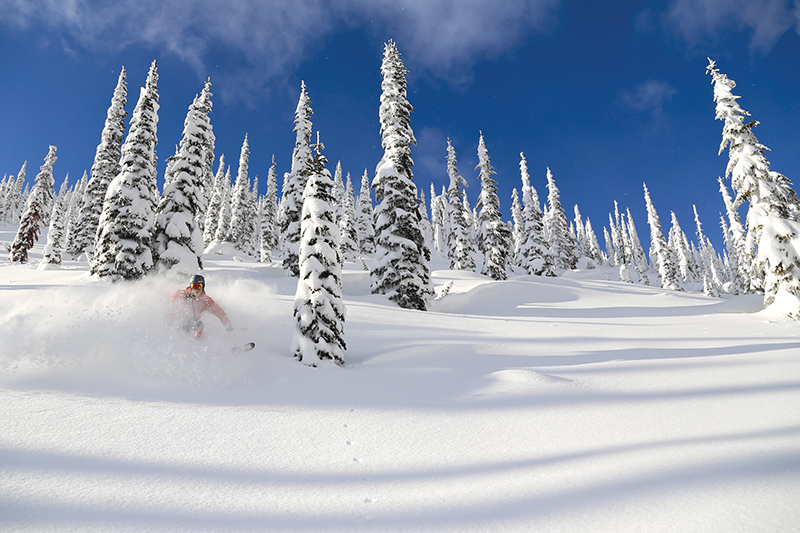After winning the World Cup Men’s Downhill, what’s left to do for Rob Boyd on the slopes?
Having a blast
Whitewater Ski Resort/Steve Robert
With the possible exception of recent Canadian Olympic gold medalists Maelle Ricker, Ashley McIvor and Alexandre Bilodeau, few skiers have experienced the kind of euphoria that Whistler’s Rob Boyd did on a historic day in 1989, when he took a full-throttle approach at a course set in his own backyard and won what is still Canada’s only World Cup Men’s Downhill victory on home turf.
Boyd was no stranger to the medal podium – he had won two races previously in Val Gardena, Italy – but winning at home was a true accomplishment; the triumph of talent and will over immense pressure and expectations.
Boyd’s skiing history in British Columbia started as soon as he could walk at a small, family-oriented hill called Tillicum Valley, located just outside of the Okanagan farming town of Vernon.
“It was a really special place to grow up,” says Boyd. “I’d come home from school, throw my books aside and go out night skiing.” Which was easy to do, because Rob’s father Sandy was the general manager at Tillicum Valley.
“It was back in the heyday of the Crazy Canucks,” he says. “Tillicum wasn’t the biggest mountain in B.C., but there was a lot of interest in skiing and ski racing. We even had a local ski pro who would go out and set the pace in the Molstar recreational course. When you grow up on a small mountain, you have to get really imaginative with your skiing. Running gates and challenging yourself was the easiest way to do it.”
After Tillicum Valley closed in the early ’80s, the Boyd family moved to Whistler. It was just the leap in mountain stature that Boyd needed to advance his career. He soon made the provincial team and was starting to race downhill – the big mountain was ideal for perfecting a gutsy, go-for-it style that harkened back to the Crazy Canucks. “I would ski moguls, jump off cliffs, ski steep chutes – as well as do my race training,” he says. “I think it really helped define my personal style as a racer to be able to explore such a huge mountain with a variety of really, really good skiers. I would try flips, 360s, 720s. And all of it on racing skis, which of course are much more demanding than what people ski on these days.”
All of that hard work and creativity paid off in February of 1989, when Boyd put together an absolutely thrilling high-speed run on the Dave Murray Downhill course – one that had been named after a member of the original Crazy Canucks.
Boyd, who is the current coach for the Whistler Mountain Ski Club, says, “I think it’s really important that skiing coaches instill a sense of fun into their racers. It can’t all be about ‘how many gates did you run today.’”
Fun plays a central role in Boyd’s skiing experiences in B.C. “At Red Mountain and Whitewater, I’ve skied in powder so deep that you’d have to close your mouth to keep from choking,” he says. No wonder, they call it the “powder highway” that links RED Mountain Resort and Whitewater Ski Resort with Revelstoke Mountain Resort, Kicking Horse Mountain Resort, Panorama Mountain Resort, Fernie Alpine Resort and Kimberley Alpine Resort.
And snow that’s so light it’s called “champagne powder” is part of the trademark of Sun Peaks Resort, SilverStar Mountain Resort and Big White Ski Resort.
Boyd also enjoys skiing with family members. He laughs when he recalls a Christmas holiday spent at SilverStar last year. “There were about 23 of us; my three siblings and their kids, our kids and my mom. We decided to play a game of human slalom, where everyone lines up down the hill, a few metres apart. The person at the top starts and skis around each human ‘pole’ until he gets to the bottom. Then, they stop and the next person from the top takes off and skis to the bottom… all the way down the hill until make it to the lift. It was a blast.”
For more related to this story visit globeandmail.com

